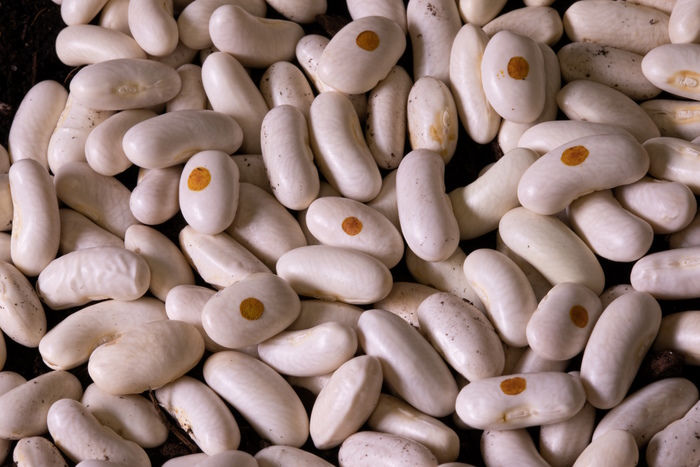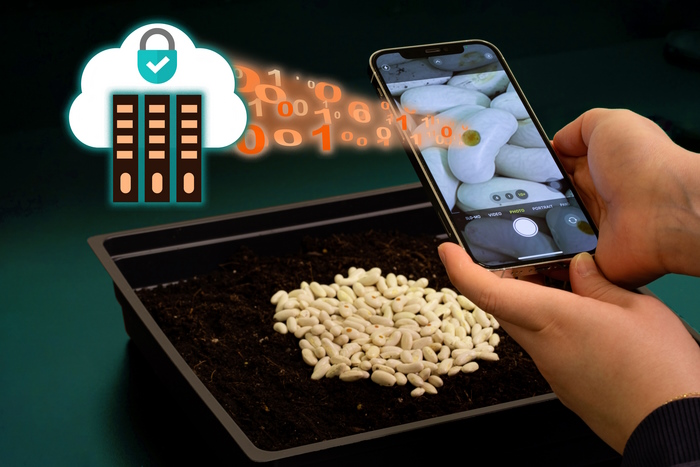
A tiny silk-based tag that can be used to label seeds with a unique code – aimed at preventing counterfeiting – has been developed by researchers at the Massachusetts Institute of Technology (MIT).
The tags use minuscule dots of the biodegradable silk-based material, each containing a unique combination of different chemical signatures, that can be applied directly to seeds themselves and according to the scientists are virtually impossible to duplicate.
Market research estimates suggest the global average for illegal products in the agricultural market range from five to 10 per cent, possibly reaching as high as 50 per cent in some hard-hit countries, and counterfeit seeds are a significant part of that problem.
Fakes can hit farmers hard if they inadvertently plant poor quality seeds that result in a poor or failed harvest and may be less resistant to diseases. The World Bank estimates that as much as half of all seeds sold in some African countries are fake, which could explain why crop yields are consistently far below expected.
Counterfeit seeds are a significant factor in crop yields that average less than one-fifth of the potential for maize, and less than one-third for rice, according to the bank.
There have been many attempts to prevent this counterfeiting through tracking labels, but none have proved effective; among other issues, such labels have been vulnerable to hacking because of the deterministic nature of their encoding systems, according to an MIT press release.
The new labels are described in a paper published in the journal Science Advances, authored by MIT’s dean of engineering Anantha Chandrakasan, professor of civil and environmental engineering Benedetto Marelli, postdoc Hui Sun, and graduate student Saurav Maji.

The concept of an uncopiable label – sometimes referred to as a physically unclonable function (PUF) – is already widely deployed in anti-counterfeit technologies, but not often to agricultural products like seeds.
The use of silk proteins was a natural choice because the material is not only harmless to the environment but also classified by the Food and Drug Administration in the generally recognised as safe (GRAS) category, so it requires no special approval for use on food products.
“You could coat it on top of seeds,” said Maji, “and if you synthesize silk in a certain way, it will also have natural random variations. So that’s the idea, that every seed or every bag could have a unique signature.”
Sun added that “the challenge was what type of form factor to give to silk so that it can be fabricated very easily.”
The team developed a simple drop-casting approach that produces tags that are less than one-tenth of an inch in diameter. The second challenge was to develop “a way where we can read the uniqueness, in also a very high throughput and easy way.”
The unique patterns on the labels can be read out not only by a spectrograph or a portable microscope, but also by an ordinary cell phone camera with a macro lens.
This image can be processed locally to generate the PUF code and then sent to the cloud and compared with a secure database to ensure the authenticity of the product. The team acknowledges however that there will have to be a development of technology to all reading at scale.
Even now, a farmer “could at least, maybe not every seed, but could maybe take some random seeds in a particular batch and verify them,” commented Chandrakasan.
©
SecuringIndustry.com






